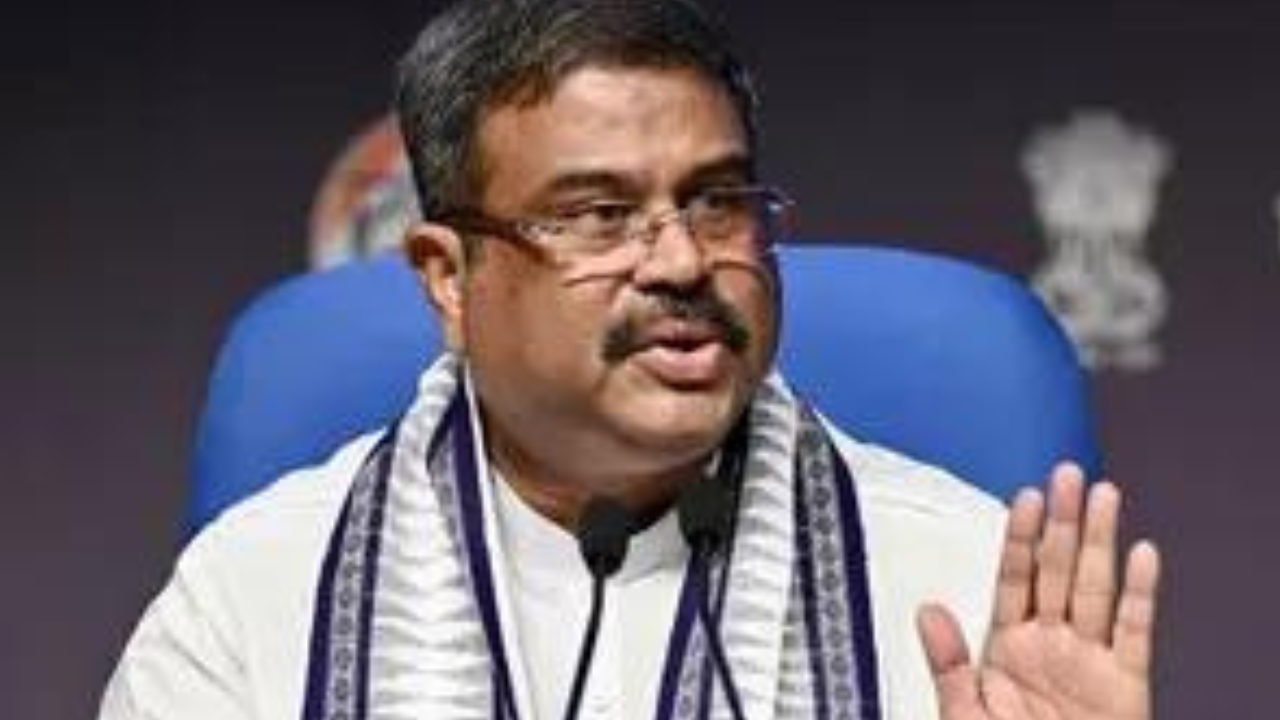Dharmendra Pradhan
With an ambitious budget of Rs 55,825 crore allocated for the next five years (2024-2029), the Subhadra scheme promises annual financial assistance of Rs 10,000 for eligible women beneficiaries aged between 21 and 60. This support will be dispersed in two installments of Rs 5,000 each: one coinciding with Raksha Bandhan and the other with International Women’s Day — two dates laden with significance that symbolize protection and celebration of womanhood.
Thus, an eligible woman beneficiary will receive Rs 50,000 in five years. It is estimated that more than a crore of eligible women will benefit from Subhadra scheme, thus making it — in coverage terms — the state’s large stever welfare scheme.
The Modi government has already put in place a credible ecosystem with seamless integration with — what is known as — the JAM trinity: Jan Dhan account, Aadhaar and mobile number of the beneficiaries. This has resulted in hasslefree direct transfer of financial benefits under various public welfare schemes thus curbing the potential of corrupt practices. Today, nearly one crore women of Odisha have a Jan Dhan bank account; thus, an efficient implementation of Subhadra scheme and Direct Benefit Transfer (DBT) to women beneficiaries should not be a challenging feat.
Economists do believe that if the government’s per capita expenditure is one rupee, its effect on economy will be nearly five times in form of a ‘multiplier effect’. Thus the annual financial benefit of Rs 10,000 to eligible woman under Subhadra scheme will have multiplier effect of generating Rs 50,000 per woman on the economy. Thus, the total earmarked expenditure of Rs 55,825 crore under the scheme in five years, will accrue the benefits of nearly 2.5 lakh crore to the state’s economy while nudging women towards economic independence and a vastly improved life for the family. Here, the scheme symbolises more than financial assistance; it represents a transformative opportunity for women to assert their rightful roles in society and contribute to the country’s advancement.
Considering the plight of women of Odisha and their continued neglect over decades, PM Modi made a solemn pledge to Odisha’s mothers and sisters to work for their uplift and empowerment. Subhadra scheme is an outcome of the solemn promise made to Odisha’s women and it unmistakably echoes a larger women empowerment narrative driven by PM Modi.
Subhadra is more than a scheme; it is an expression of Modi government’s philosophy. As the PM himself has said, “Dreams of India will only come true when its daughters can soar as high as its sons.” This belief forms the cornerstone of the reformist agenda of the government that has defined his leadership.
Today, women empowerment is at the centre of the government’s policy focus. Women are no longer just passive beneficiaries of welfare schemes but active participants in the nation’s growth story. From Pradhan Mantri Jan Dhan Yojana, which has empowered millions of women to access financial services, to Pradhan Mantri Ujjwala Yojana, which liberated them from the drudgery of smoky kitchens, to MUDRA Yojana, which has supported women in pursuing their entrepreneurial dreams, Centre’s policies have consistently demonstrated an acute awareness of the women’s issues and the need for their financial independence. Not surprisingly, women have responded with overwhelming support giving our government a historic third term in a row.
True empowerment comes when women are not just recipients of benefits but leaders in driving change. The shift from ‘women’s develop ment’ to ‘women-led development’ is a testament to this fact. Initiatives like Lakhpati Didi Yojana, which seeks to empower three crore women through self-help groups, providing drones through central financial assistance to 15,000 women SHGs in various states, MUDRA loan enhancement to women entrepreneurs and many other schemes demonstrate a clear and consistent focus on women empowerment. Nari Shakti is no longer a distant ideal; it is the very engine that powers India’s development story. PM Modi spearheaded Nari Shakti Vandan Adhiniyam, 2023, paving the way for women’s political empowerment by way of reserving one-third seats for women in Lok Sabha and state legislative assemblies.
Today, we honour the remarkable strength and resilience of women as they navi gate unchartered territories, breaking barriers and shattering glass ceilings along the way. Initiatives such as the Subhadra scheme not only redefine the future of Odisha but also pave the way for an India where every woman can dream, thrive, and lead with confidence. As the PM dedicates this transformative initiative to the women of Odisha, we reaffirm our commitment to fostering a society where women stand shoulder to shoulder with men, sharing equal opportunities and responsibilities. Odisha’s Subhadra scheme represents just one pivotal step in an ongoing journey toward women-led development — a journey integral to the vision of both a Viksit Odisha and a Viksit Bharat.
(The author is the Union education minister. Views expressed are personal)



